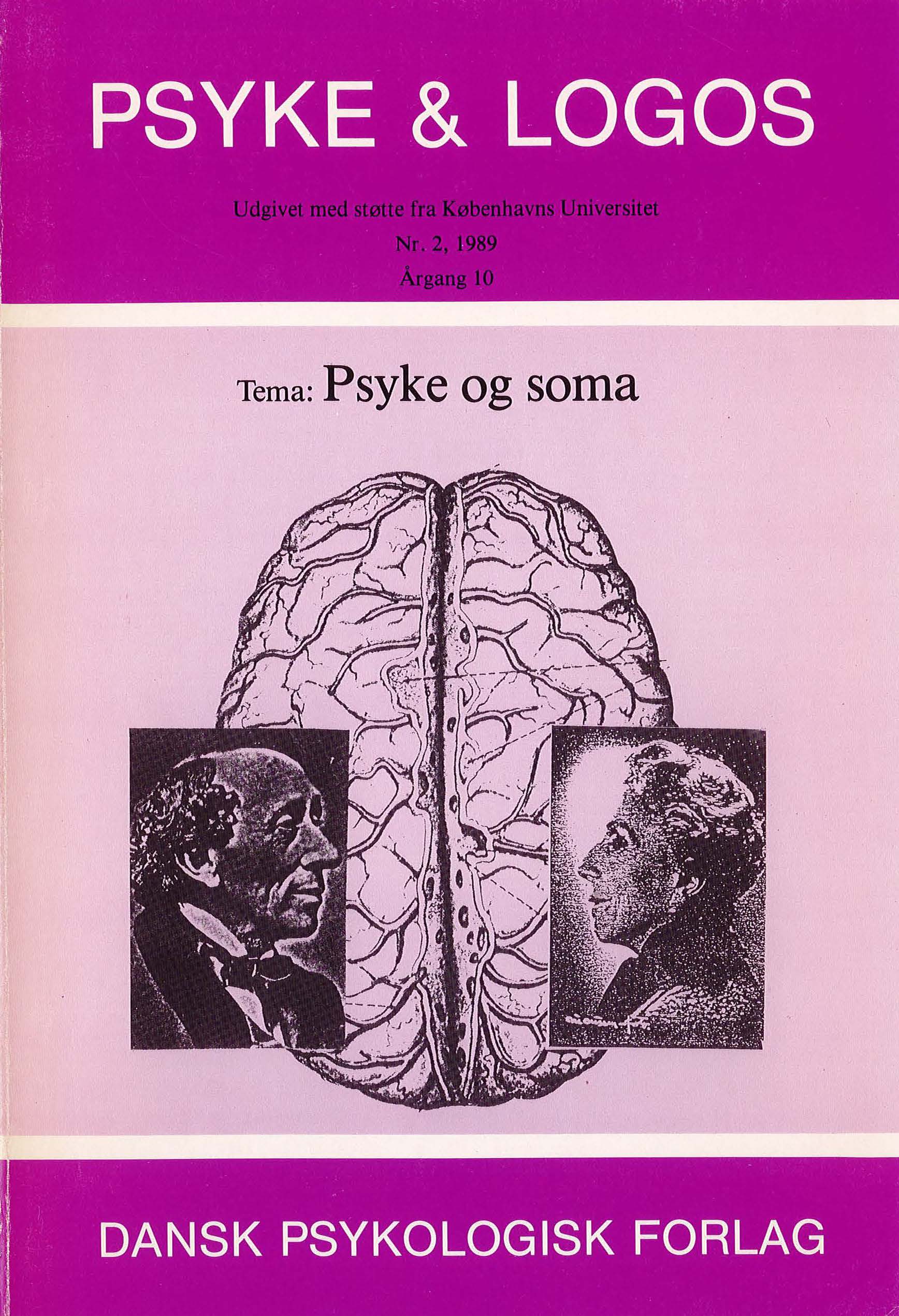Angstens neuropsykologi og personlighedens dimensioner
DOI:
https://doi.org/10.7146/pl.v10i2.135495Abstract
The present article has two aims, (1) to offer an introduction to the English psychologist Jeffrey A. Gray's experimental work on the neuropsychology of anxiety, and (2) to review the implications of the latest research within this area in relation to the reconceptualization of personality and behavioral dimensions. Eysenck's model of personality, and his theory of the anxiety-prone personality as an "introverted-neurotic" serves as a starting point. The model was modified by Gray who formulated an "anxiety-dimension" on the basis of experiments on the behavioral and neurophysiological effects of anti-anxiety drugs. These drugs have divergent as well as similar effects upon behavior. The latter gave rise to Gray's hypothesis ofthe "behavioral inhibition system",
as one of three basic affective-motivational systems.
Cloningers three-dimensional model of personality is to a great extent in agreement with Gray's theory. The implications of these models for the theoretical understanding of clinical anxiety are briefly reviewed.
Downloads
Published
How to Cite
Issue
Section
License
Ophavsret er tidsskriftets og forfatternes. Det er gældende praksis, at artikler publiceret i Psyke & Logos, som efterfølgende oversættes til andet sprog, af forfatteren frit kan publiceres i internationale tidsskrifter, dog således at det ved reference fremgår, at den oversatte artikel har et forlæg i en dansksproget version i Psyke & Logos. Artikler kan frit deles og linkes til på forsknings- og undervisningsnetværk (så som Blackboard). Link foretrækkes, fordi det giver oplysning om brug af tidsskriftets artikler.




